Table of content
- Bun Size and Thickness
- Dough Composition
- Steaming Equipment
- Altitude and Climate
- Preparing the Steamer
- Arranging the Buns
- Steaming Timetable
- Post-Steaming Rest Period
- Understeaming
- Oversteaming
- Uneven Cooking
- Collapsing Buns
- Variable Steaming Times for Fillings
- Using a Bamboo Steamer
- Adding Vinegar to Steaming Water
- High-Altitude Adjustments
Steamed buns, known as baozi in Chinese, mantou in other Asian cuisines, or simply “steamed buns” in Western contexts, are a beloved culinary staple enjoyed across the globe. These soft, fluffy delights derive their signature texture from a delicate balance of ingredients, precise fermentation, and, critically, the exact steaming time post-fermentation. For home cooks and professional bakers alike, understanding how long to steam buns after fermentation is the difference between a perfectly light, airy bun and a dense, disappointing outcome. This article delves into the science and practicality of steaming fermented buns, exploring variables like dough composition, environmental conditions, and equipment to equip readers with the knowledge to achieve bun perfection every time.
The Fermentation Process: A Primer
Before addressing steaming times, it’s essential to grasp the role of fermentation in bun-making. Fermentation is a biochemical process where yeast or leavening agents consume sugars in the dough, producing carbon dioxide gas and alcohol. This gas creates air pockets, causing the dough to rise and develop the gluten network responsible for the bun’s structure. The duration and conditions of fermentation—temperature, humidity, and yeast quantity—directly influence the dough’s readiness for steaming.
Typically, bun dough undergoes two fermentation stages:
- Bulk Fermentation: The initial rise after mixing, lasting 1–2 hours at room temperature (around 75–80°F or 24–27°C).
- Proofing: The final rise after shaping, lasting 30 minutes to 1 hour, depending on ambient conditions.
Properly fermented dough should double in volume, feel pillowy to the touch, and leave a slight indentation when pressed gently. Over-proofed dough may collapse during steaming, while under-proofed dough will result in dense, compact buns.
Factors Influencing Steaming Time
The steaming phase is not a one-size-fits-all process. Several factors determine how long buns need to cook after fermentation:
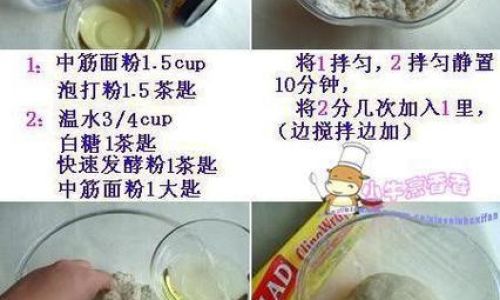
Bun Size and Thickness
- Small Buns (e.g., xiaolongbao): 1.5–2 inches (4–5 cm) in diameter require 8–10 minutes.
- Medium Buns (e.g., standard baozi): 3–4 inches (7.5–10 cm) need 12–15 minutes.
- Large Buns (e.g., dabao): Over 4 inches (10 cm) may need 18–20 minutes.
Thicker buns or those with dense fillings (e.g., meat or bean paste) require longer steaming to ensure the center cooks thoroughly without burning the exterior.
Dough Composition
- Flour Type: All-purpose flour buns steam faster than whole-grain varieties due to lower fiber content.
- Hydration Level: Wetter doughs (e.g., 65–70% hydration) may need slightly less time, as moisture aids heat conduction.
- Sweeteners or Fats: Ingredients like sugar or oil can slow steaming by retaining moisture, necessitating marginally longer times.
Steaming Equipment
- Stovetop Steamer: The most common tool, requiring 10–20 minutes depending on heat intensity.
- Bamboo Steamer: Retains moisture well but may need 1–2 extra minutes due to slower heat distribution.
- Electric Steamer: Precise temperature control allows consistent timing, often 10–15 minutes for medium buns.
Altitude and Climate
At high altitudes (above 3,000 feet or 900 meters), lower boiling points reduce steamer temperature, increasing cooking time by 2–5 minutes. Humid climates may shorten steaming, as ambient moisture reduces dough drying.
Step-by-Step Guide to Steaming Fermented Buns
Preparing the Steamer
- Fill the steamer’s water reservoir, ensuring it does not touch the steaming tray.
- Line the tray with parchment paper or cabbage leaves to prevent sticking.
- Preheat the steamer over medium-high heat until water boils vigorously.
Arranging the Buns
- Place fermented buns on the tray, leaving 1–2 inches (2.5–5 cm) between them to prevent sticking during expansion.
- Avoid overcrowding, which traps steam and causes uneven cooking.
Steaming Timetable
- Small Buns (1.5–2 inches): Steam for 8–10 minutes on a rolling boil.
- Medium Buns (3–4 inches): Steam for 12–15 minutes.
- Large Buns (4+ inches): Steam for 18–20 minutes.
Pro Tip: For filled buns (e.g., pork baozi), add 2–3 minutes to ensure fillings reach safe temperatures (above 165°F or 74°C for meat).
Post-Steaming Rest Period
- Turn off the heat and let buns rest in the steamer for 3–5 minutes with the lid slightly ajar. This prevents sudden temperature drops, which can cause collapsing.
- Avoid lifting the lid during steaming, as escaping steam may deflate the buns.
Signs of Doneness
- Visual Cues: Buns appear glossy, slightly puffed, and no raw dough patches are visible.
- Textural Test: Gently press a bun; it should spring back immediately.
- Temperature Check: Insert a thermometer into the center—it should read 195–205°F (90–96°C).
- Sound Test: Tapping the bun’s base yields a hollow thud.
Common Mistakes and Solutions
Understeaming
- Symptoms: Gummy interior, raw flour taste.
- Fix: Increase steaming time by 2–3 minutes and ensure consistent heat.
Oversteaming
- Symptoms: Shrunken, wrinkled skin; dry texture.
- Fix: Reduce time by 1–2 minutes and check for doneness earlier.
Uneven Cooking
- Symptoms: Overcooked bottoms, raw tops.
- Fix: Use a thicker steamer liner or elevate the tray slightly.
Collapsing Buns
- Symptoms: Deflated buns post-steaming.
- Fix: Ensure proper proofing and avoid opening the steamer lid during cooking.
Advanced Techniques for Perfect Buns
Variable Steaming Times for Fillings
- Vegetable Fillings: Steam 1–2 minutes less than meat-filled buns to retain crispness.
- Sweet Fillings (e.g., red bean): Steam at lower heat to prevent caramelization.
Using a Bamboo Steamer
Bamboo steamers impart a subtle earthy flavor and absorb excess moisture, preventing soggy bases. Pre-soak the steamer in cold water for 5 minutes before use to enhance heat retention.

Adding Vinegar to Steaming Water
A tablespoon of white vinegar in the water reservoir helps buns retain their white color by neutralizing alkaline residues.
High-Altitude Adjustments
Increase steaming time by 20–30% and reduce heat slightly to compensate for lower boiling points.
Troubleshooting Guide
| Issue | Cause | Solution |
|---|---|---|
| Dense, Heavy Buns | Under-proofed dough | Extend proofing time by 15–30 minutes. |
| Shrunken Buns | Over-proofed dough | Reduce proofing time; check dough elasticity. |
| Soggy Bottoms | Excess moisture in steamer | Use a thicker liner; increase heat. |
| Uneven Rise | Inconsistent dough temperature | Ferment dough in a draft-free area. |
The Science Behind Steaming
Steaming cooks buns through conduction (direct heat transfer) and convection (circulating steam). The process gently raises the dough’s internal temperature, activating starch gelatinization and protein denaturation. Starches absorb moisture and swell, creating a soft crumb, while gluten proteins coagulate to form structure. Oversteaming disrupts this balance, causing moisture loss and toughness.
Cultural Variations in Steaming Times
Different cuisines adapt steaming times to suit local preferences:
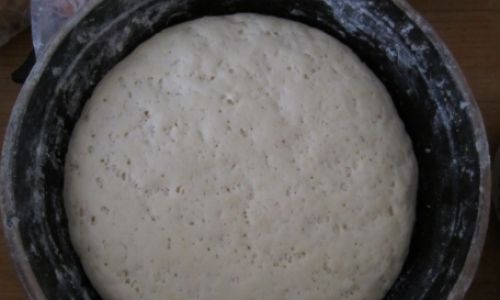
- Chinese Baozi: Steamed for 12–15 minutes, with a focus on a slightly chewy wrapper.
- Japanese Nikuman: Steamed for 10–12 minutes, prioritizing a delicate texture.
- Korean Hoppang: Steamed for 15–18 minutes, ensuring molten fillings stay intact.
Conclusion
Achieving the ideal steaming time for fermented buns is a harmonious blend of science and intuition. By accounting for variables like bun size, dough composition, and equipment, cooks can master this delicate process. Remember: patience during fermentation, precision during steaming, and a keen eye for doneness cues are the hallmarks of bun-making excellence. Whether you’re a novice baker or a seasoned pro, experimenting with timings and techniques will refine your craft, ensuring every batch of buns emerges from the steamer as a cloud-like masterpiece.
Final Tip: Keep a detailed log of your steaming times and outcomes. Over time, you’ll develop an intuitive grasp of your kitchen’s unique conditions, turning the quest for perfect buns into a rewarding culinary journey.
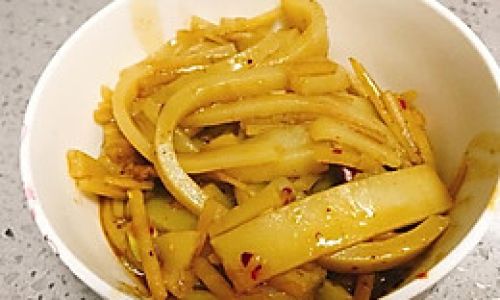
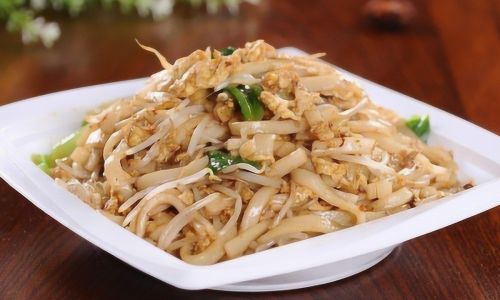

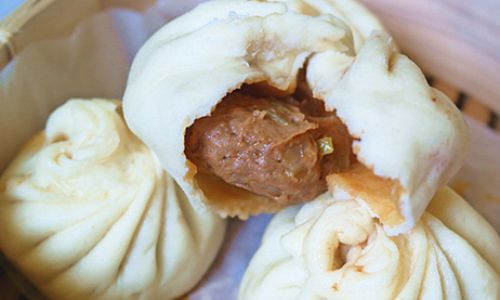
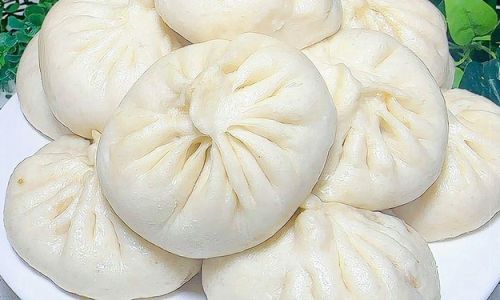
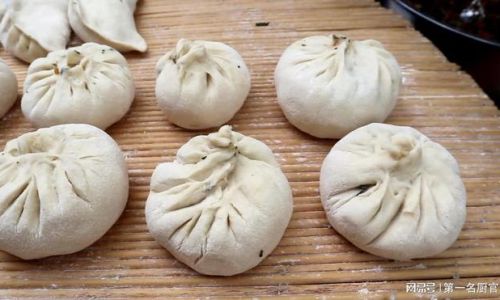
0 comments